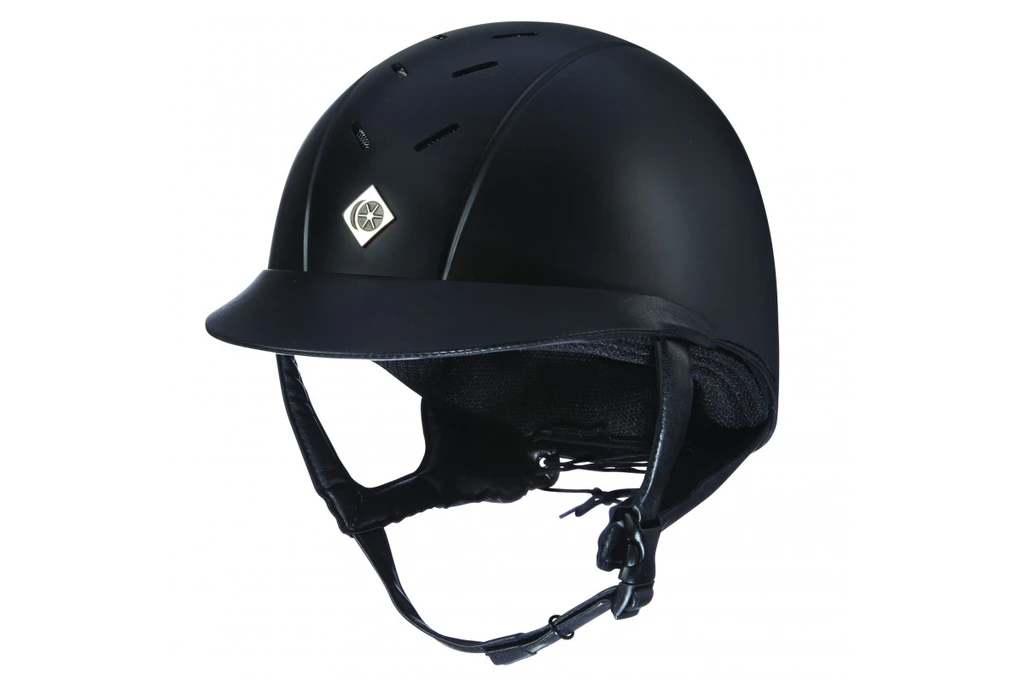When it comes to horseback riding, safety is paramount. Whether you’re galloping through open fields, navigating a dressage arena, or just beginning your equestrian journey, your horse riding helmet is your most critical piece of safety gear. But have you ever stopped to wonder: what are horse riding helmets made of, and how do they protect you so effectively? This article dives deep into the materials, design, and safety features of horse riding helmets, explaining why they’re essential for every rider.
Why Are Horse Riding Helmets Important?
Horseback riding is an exhilarating activity, but it comes with inherent risks. Falls from horses can result in severe injuries, particularly to the head. According to the National Electronic Injury Surveillance System (NEISS), horseback riding is among the leading causes of sports-related traumatic brain injuries in the USA. A properly designed helmet reduces the risk of head injuries by absorbing and dispersing impact forces during a fall.
Unlike helmets made for other sports, horse riding helmets are crafted to withstand unique risks, such as falls from greater heights (being seated atop a horse) and the possibility of being kicked or trampled. These specialized designs ensure that riders are protected against the distinct dangers they may encounter.
The Anatomy of a Horse Riding Helmet
To truly understand what horse riding helmets are made of, it’s helpful to break down their structure. Each component of the helmet plays a specific role in ensuring safety and comfort:
1. Outer Shell
The outer shell is the helmet’s first line of defense. It is typically made from polycarbonate, ABS plastic, or fiberglass, which are known for being lightweight yet incredibly strong. This layer protects against sharp objects and absorbs impact forces by distributing them over a larger surface area.
- Polycarbonate: Commonly used for its durability and resistance to cracking.
- Fiberglass: A premium material that’s lightweight and highly durable but often found in higher-end helmets.
- ABS Plastic: Cost-effective and strong, making it a popular choice for budget-friendly helmets.
Fact: Fiberglass helmets are often preferred by riders who seek a balance between durability and weight, especially for competitive sports.
2. Inner Liner
Beneath the shell lies the inner liner, which is typically made from expanded polystyrene (EPS) foam. This layer is critical for shock absorption. When a rider falls, the EPS foam compresses to absorb the energy from the impact, reducing the force transmitted to the rider’s head.
- EPS foam is lightweight and affordable, making it the go-to choice for most helmet manufacturers.
- Higher-end helmets may use multi-density foam for enhanced shock absorption.
Did You Know? Once the foam liner absorbs an impact, it cannot regain its original shape, which is why helmets must be replaced after a fall.
3. Harness and Straps
The harness and straps keep the helmet securely on your head. Typically made from durable materials like nylon webbing or leather, they are designed to stay intact even under extreme force.
- Nylon Straps: Lightweight, affordable, and resistant to wear and tear.
- Leather Straps: Found in premium helmets, offering a classic look and extra durability.
The chin strap often includes padding for comfort and an adjustable buckle to ensure a snug fit.
4. Ventilation System
Riding helmets often include built-in ventilation to keep riders cool during long rides.
- Vents are typically made of lightweight plastic or mesh materials, designed to allow airflow without compromising the helmet’s structural integrity.
- Helmets with advanced ventilation systems are especially popular in warmer climates or for evening and endurance riding.
What Are Horse Riding Helmets Made Of? A Closer Look at the Materials
Key Materials Used in Horse Riding Helmets
| Component | Material | Purpose |
|---|---|---|
| Outer Shell | Polycarbonate, ABS Plastic, Fiberglass | Protects against penetration and disperses impact forces. |
| Inner Liner | EPS Foam | Absorbs shock and reduces the force of impact on the rider’s head. |
| Harness and Straps | Nylon, Leather | Ensures the helmet stays securely in place during a fall. |
| Ventilation System | Plastic, Mesh | Provides airflow and prevents overheating without compromising safety. |
These materials are chosen for their ability to meet strict safety standards while remaining lightweight and comfortable for riders.
How Horse Riding Helmets Are Tested for Safety
In the USA, horse riding helmets must meet rigorous safety certifications, such as those from the American Society for Testing and Materials (ASTM) and the Safety Equipment Institute (SEI). To earn these certifications, helmets undergo several tests:
- Impact Resistance: Simulates a rider falling from a horse to test how well the helmet absorbs and disperses energy.
- Penetration Tests: Evaluates the outer shell’s ability to withstand sharp objects (e.g., a hoof or branch).
- Retention System Testing: Ensures that the straps and harness can hold the helmet securely in place during an accident.
Quote: “A good helmet can be the difference between a minor injury and a life-altering accident,” says Dr. Emily Johnson, an equestrian safety researcher.
Comparing Horse Riding Helmets to Other Sports Helmets
Many riders wonder why they can’t simply use a bike or motorcycle helmet for horseback riding. The answer lies in the differences in design and materials:
- Horse Riding Helmets: Designed to protect against falls from greater heights and impacts from unpredictable interactions with horses.
- Bike Helmets: Built for forward-motion falls at lower heights.
- Motorcycle Helmets: Heavier and designed for accidents at higher speeds, lacking ventilation or flexibility for equestrian use.
Tip: Always use a helmet specifically designed for horseback riding it’s the only way to ensure full protection.
Choosing the Right Horse Riding Helmet
When selecting a helmet, consider the following:
1. Fit and Comfort
- A well-fitted helmet should sit level on your head and feel snug without being uncomfortable.
- Look for helmets with adjustable straps and padding that conform to your head shape.
2. Durability and Maintenance
- Helmets made from high-quality materials like fiberglass or reinforced polycarbonate tend to last longer.
- Regularly clean your helmet and store it in a cool, dry place to maintain its integrity.
3. Style and Design
- Many helmets now offer modern finishes, including leather trims and microfiber options, for added style.
FAQs About Horse Riding Helmets
Do horse riding helmets expire?
Yes, most helmets have a lifespan of 5-7 years due to material degradation. Replace your helmet after any significant impact.
Are horse riding helmets required in the USA?
While not federally mandated, many states and equestrian organizations require helmets for riders, especially minors.
What’s the difference between cheap and expensive helmets?
Higher-priced helmets often use premium materials like fiberglass and multi-density foam, offering better protection and comfort.
Conclusion
Understanding what horse riding helmets are made of gives you an appreciation for the technology and thought behind these life-saving devices. From the tough outer shell to the shock-absorbing inner liner, every component is designed with your safety in mind.
When buying a helmet, prioritize quality, fit, and certifications over style alone. A well-made helmet can make all the difference in ensuring your safety while you enjoy the thrill of horseback riding. So, the next time you put on your helmet, you’ll know exactly how it works to protect you.

Hi. My Name is Alexander Bell. I am a professional content writer since 2006.
18+ years of experience crafting compelling and authoritative content for diverse audiences.
🖋️ Specialize in formal article writing, combining meticulous research with engaging storytelling.
📚 Proven track record of delivering high-quality content across various industries, including technology, finance, and healthcare.
💡 Skilled in SEO best practices and optimizing content for digital platforms to maximize reach and engagement.
🔍 Strong research capabilities, adept at distilling complex information into accessible, informative articles.
🎓 BA in English Literature










